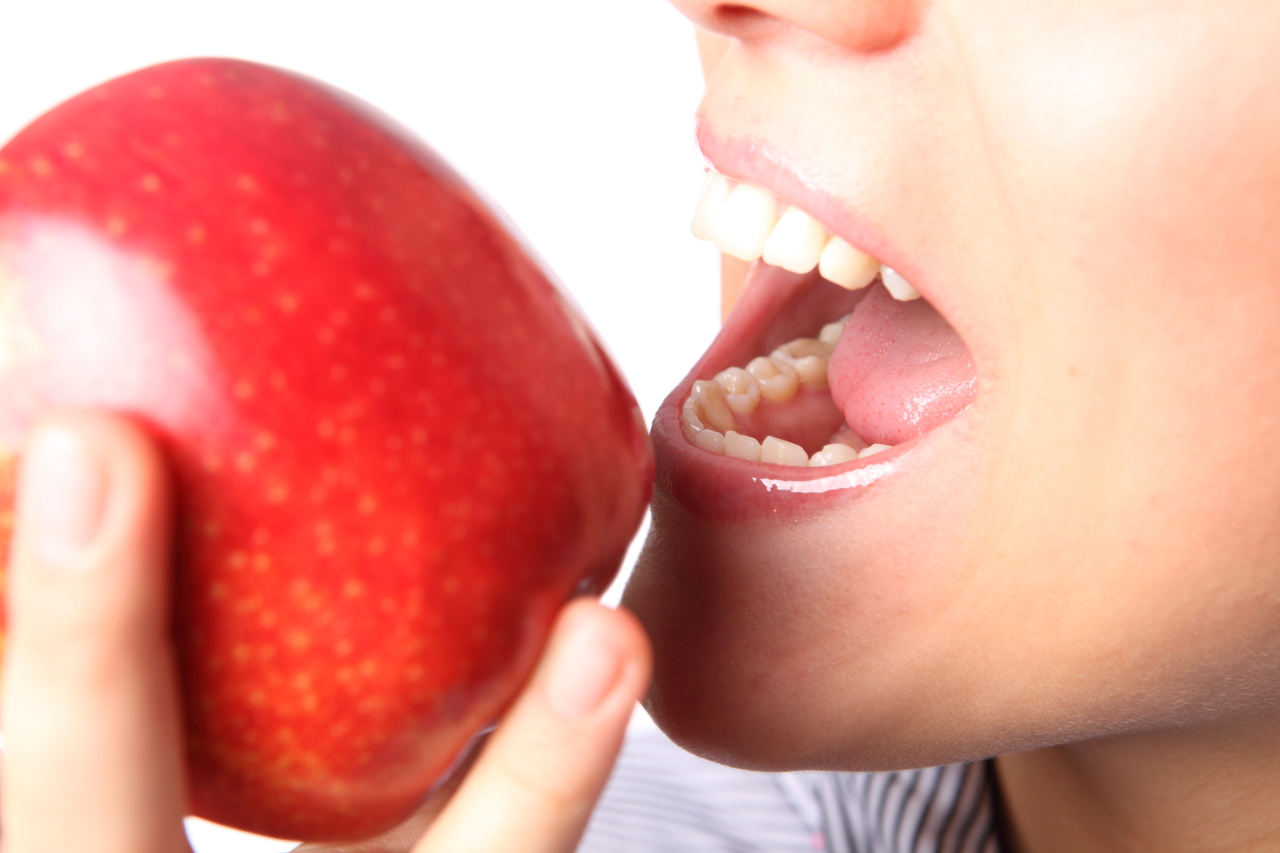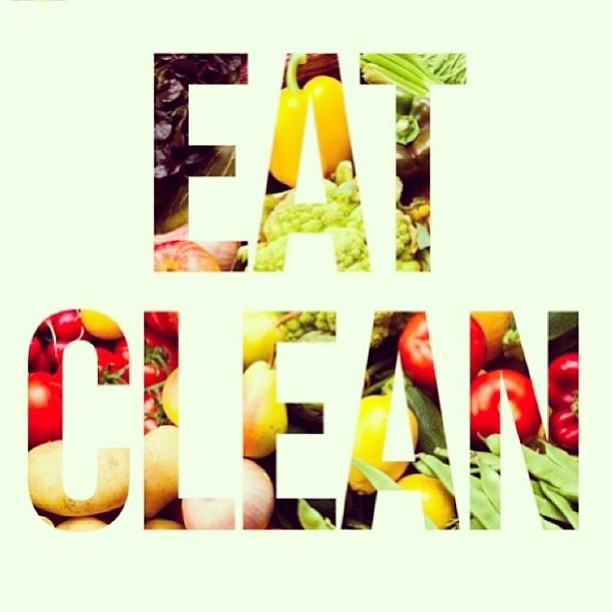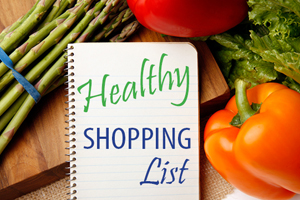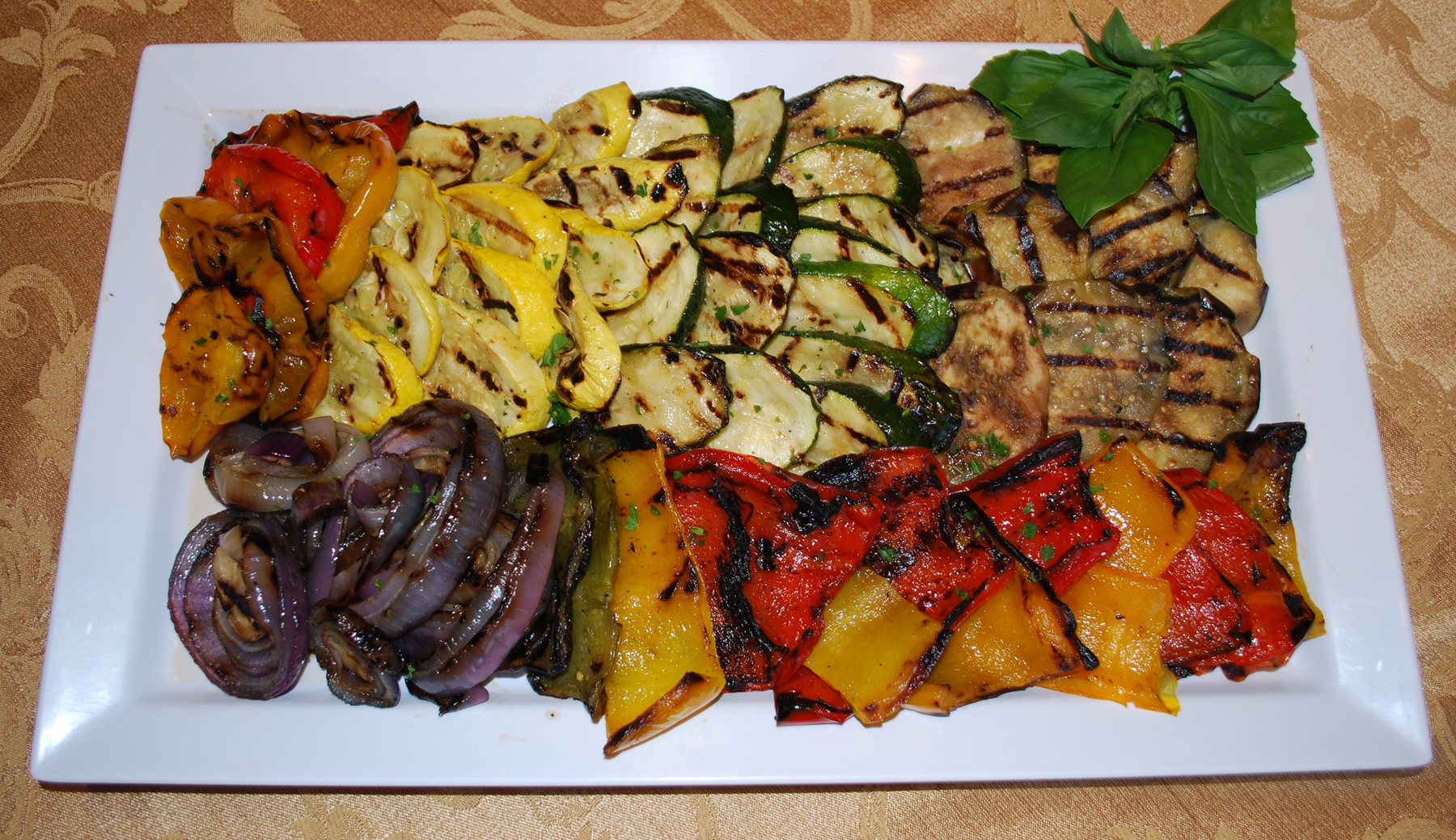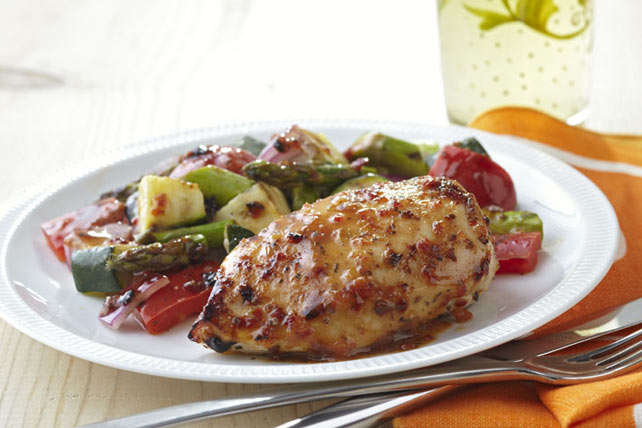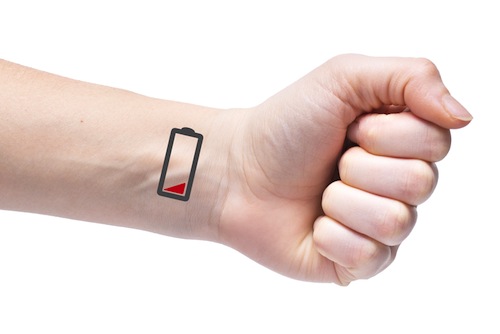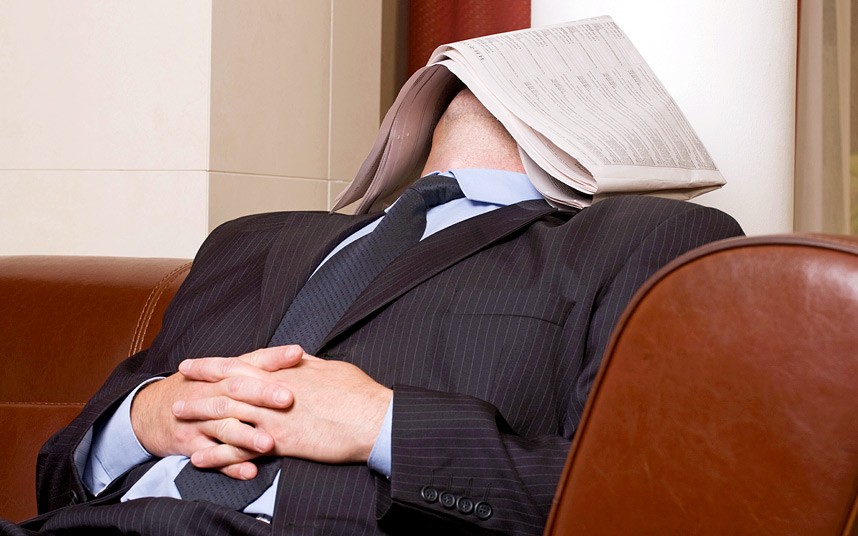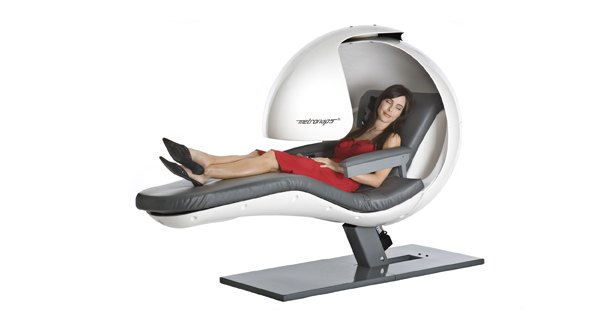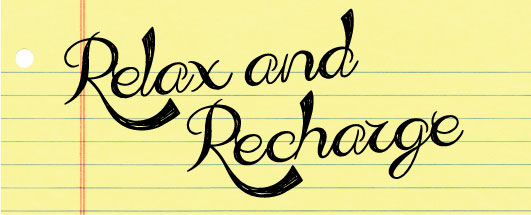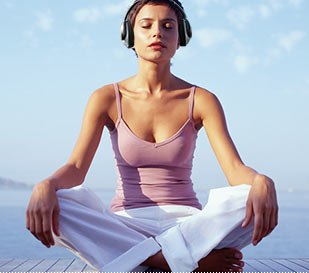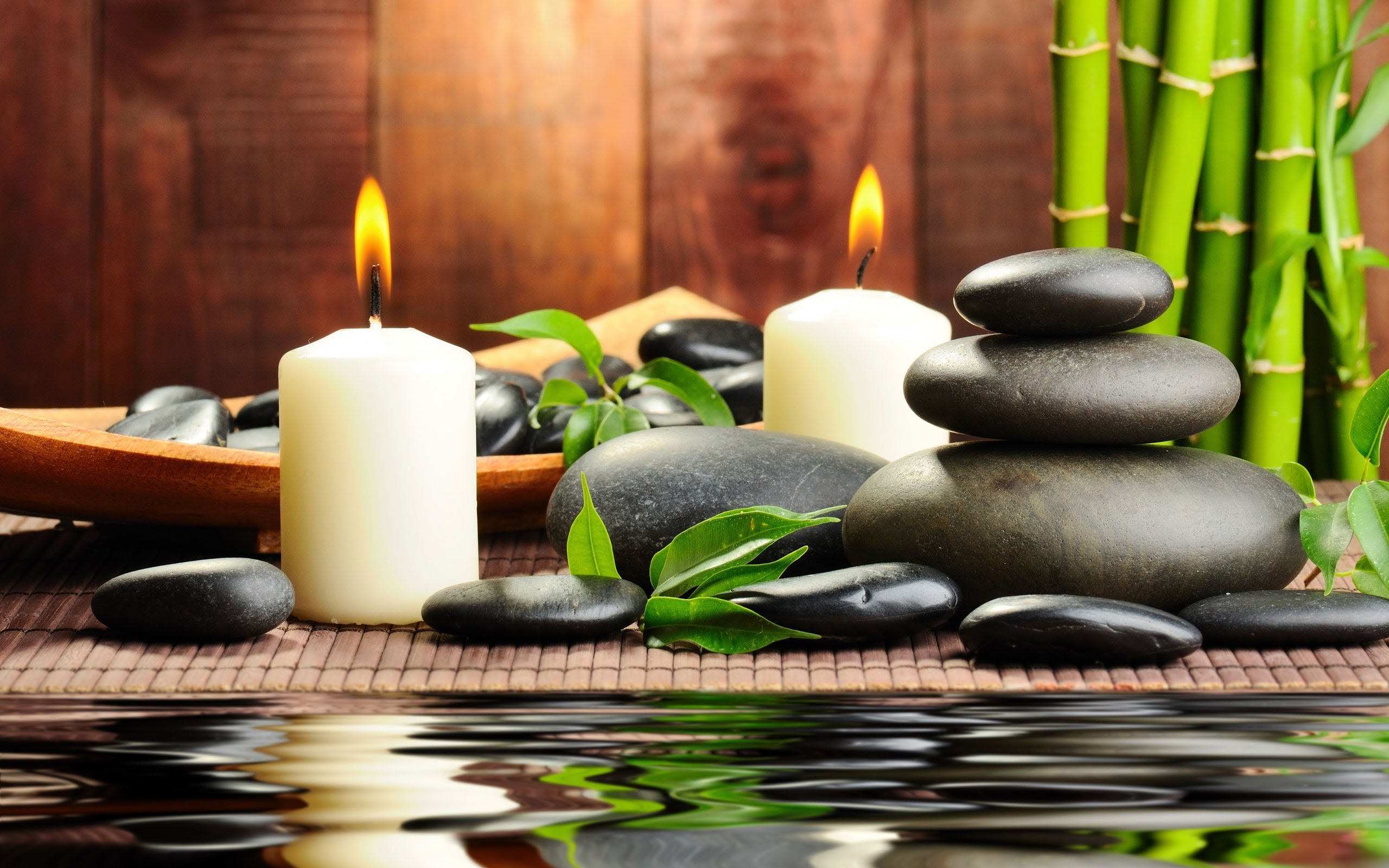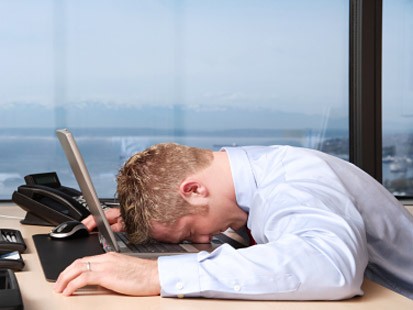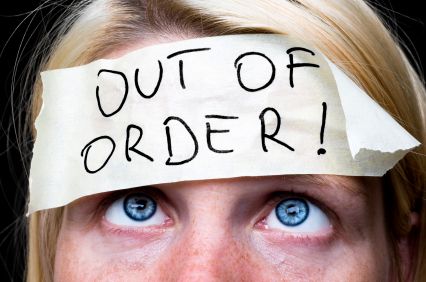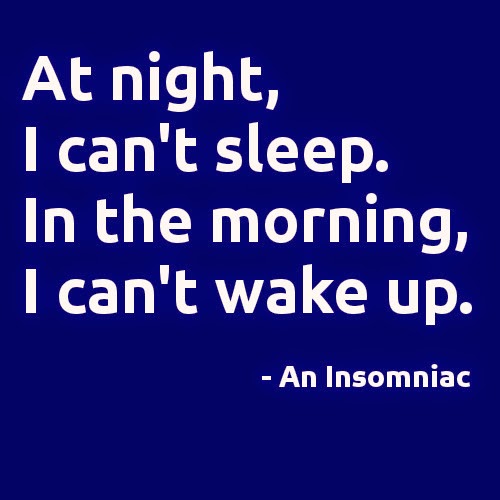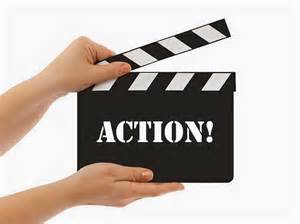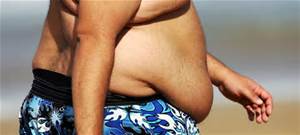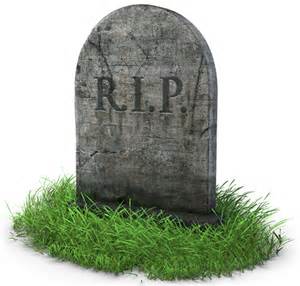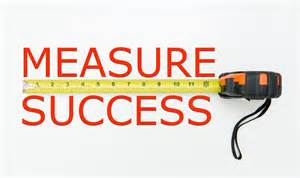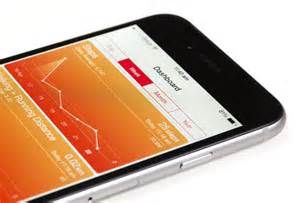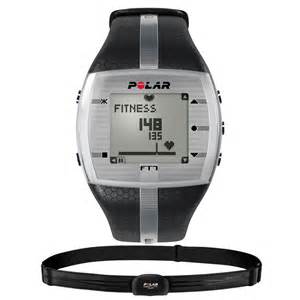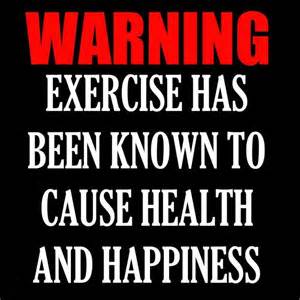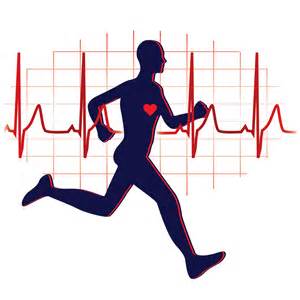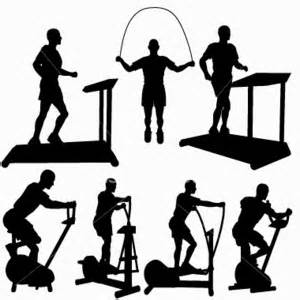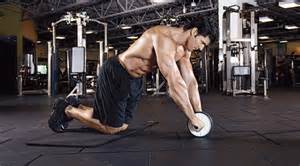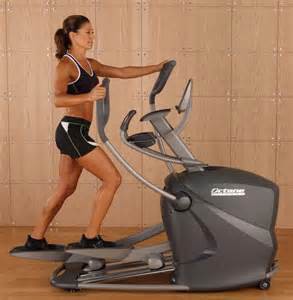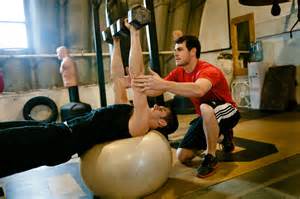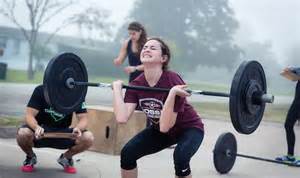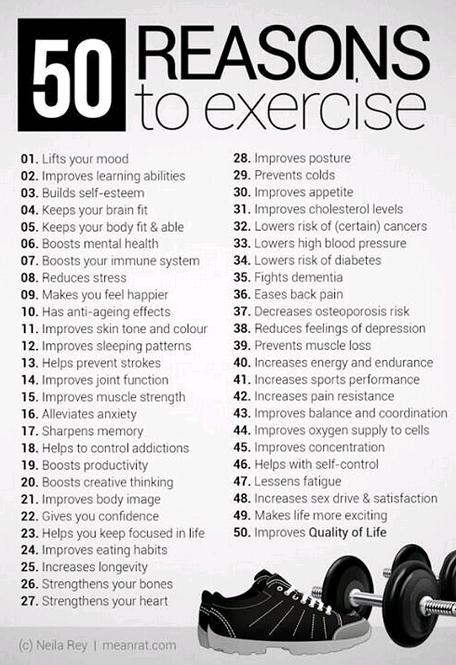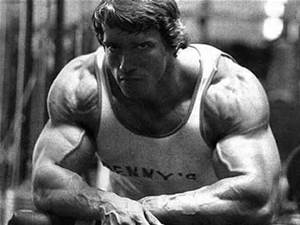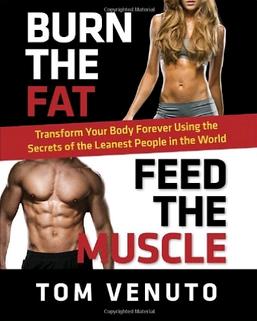We’ve got 2 months behind us. And as the saying goes, “time flies when you’re having fun”.
I hope you’re in the groove with 4 weeks of exercise logged. This should equate to at least a dozen strength and cardio workouts. And I also hope that you’re still drinking the recommended amount of water every day? If you are, that’s excellent! If you’re not, the best time to start would be today. After all, what are you waiting for?
Remember, we are focusing on one new healthy habit per month for the following reasons:
- To make it easy to focus on.
- To give you time to make it your own habit.
- To help you incorporate new habits over the coming months.
For month 3 we’re going to tone it down a little.
What? 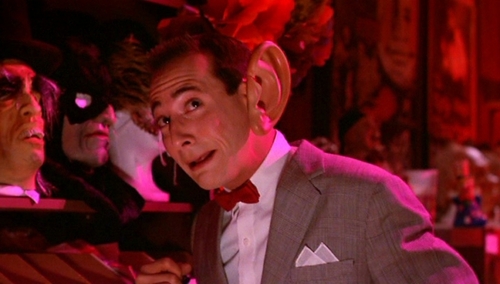
You may be thinking, “But I thought we were here to work hard. I want to lose weight and get in great shape”. And you are correct. We are and you will. But stay with me because you’ll be able to accomplish this month’s habit with your eyes closed.
And that’s because our habit for Month 3 is SLEEP.
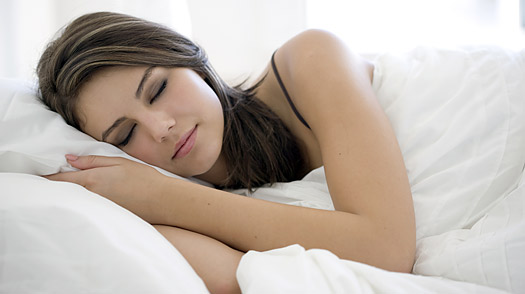
We will learn how getting the proper amount of rest will enable you to recharge your mental, physical, and emotional capacities so you can be your best and capable of doing more.
Do I have your interest? I hope so. You’re not gonna want to snooze through this one, so let’s get started.
Sleep is a major part of your health & wellness. In fact it’s the 3rd pillar of health along with nutrition and exercise. According to the National Institutes of Health, “Sleep plays a vital role in good health and well-being throughout your life. Getting enough quality sleep at the right times can help protect your mental health, physical health, quality of life, and safety”.
In an article, “Why Is Sleep Important”, they discuss how getting the right amount of sleep can help your memory, and improve learning ability, problem-solving, creativity, focus and decision-making skills. So it’s obvious that if you don’t get enough rest, your abilities in these areas would be negatively impacted.
They go on to describe how sleep plays such an important role in your physical health. And that ongoing sleep deficiency increases your risk of heart disease, high blood pressure, diabetes, stroke, obesity, and even early death. I encourage you to read this brief article at: http://www.nhlbi.nih.gov/health/health-topics/topics/sdd/why.
So then this begs the question, “What happens when we sleep?”
Here’s what the National Sleep Foundation says:
“Sleep architecture follows a pattern of alternating REM (rapid eye movement) and NREM (non-rapid eye movement) sleep throughout a typical night in a cycle that repeats itself about every 90 minutes.”
They go on to illustrate the role each stage and state of sleep plays:
NREM (75% of night): As we begin to fall asleep, we enter NREM sleep, which is composed of stages 1-4
Stage 1
- Between being awake and falling asleep
- Light sleep
Stage 2
- Onset of sleep
- Becoming disengaged from surroundings
- Breathing and heart rate are regular
- Body temperature drops (so sleeping in a cool room is helpful)
Stages 3 and 4
- Deepest and most restorative sleep
- Blood pressure drops
- Breathing becomes slower
- Muscles are relaxed
- Blood supply to muscles increases
- Tissue growth and repair occurs
- Energy is restored
- Hormones are released, such as: Growth hormone, essential for growth and development, including muscle development
REM (25% of night): First occurs about 90 minutes after falling asleep and recurs about every 90 minutes, getting longer later in the night
- Provides energy to brain and body
- Supports daytime performance
- Brain is active and dreams occur
- Eyes dart back and forth
- Body becomes immobile and relaxed, as muscles are turned off
In addition, levels of the hormone cortisol dip at bed time and increase over the night to promote alertness in morning.
Sleep helps us thrive by contributing to a healthy immune system, and can also balance our appetites by helping to regulate levels of the hormones ghrelin and leptin, which play a role in our feelings of hunger and fullness. So when we’re sleep deprived, we may feel the need to eat more, which can lead to weight gain.
The one-third of our lives that we spend sleeping, far from being “unproductive,” plays a direct role in how full, energetic and successful the other two-thirds of our lives can be.
If sleep is cut short, the body doesn’t have time to complete all of the phases needed for muscle repair, memory consolidation and release of hormones regulating growth and appetite. Then we wake up less prepared to concentrate, make decisions, or engage fully.
It’s interesting to see what occurs during the various states and stages of sleep. But I think the last 3 paragraphs sum it up very well. (So scroll back up and re-read those last 3 paragraphs in bold)
The consensus from all of my research puts the recommended amount of sleep for adults between 7 to 9 hours per night.
Over the past few years since I’ve been focusing on getting at least 7 but preferably 8 hours of sleep every night, I can say with absolute certainty that getting enough sleep makes a big difference the next day in so many ways.
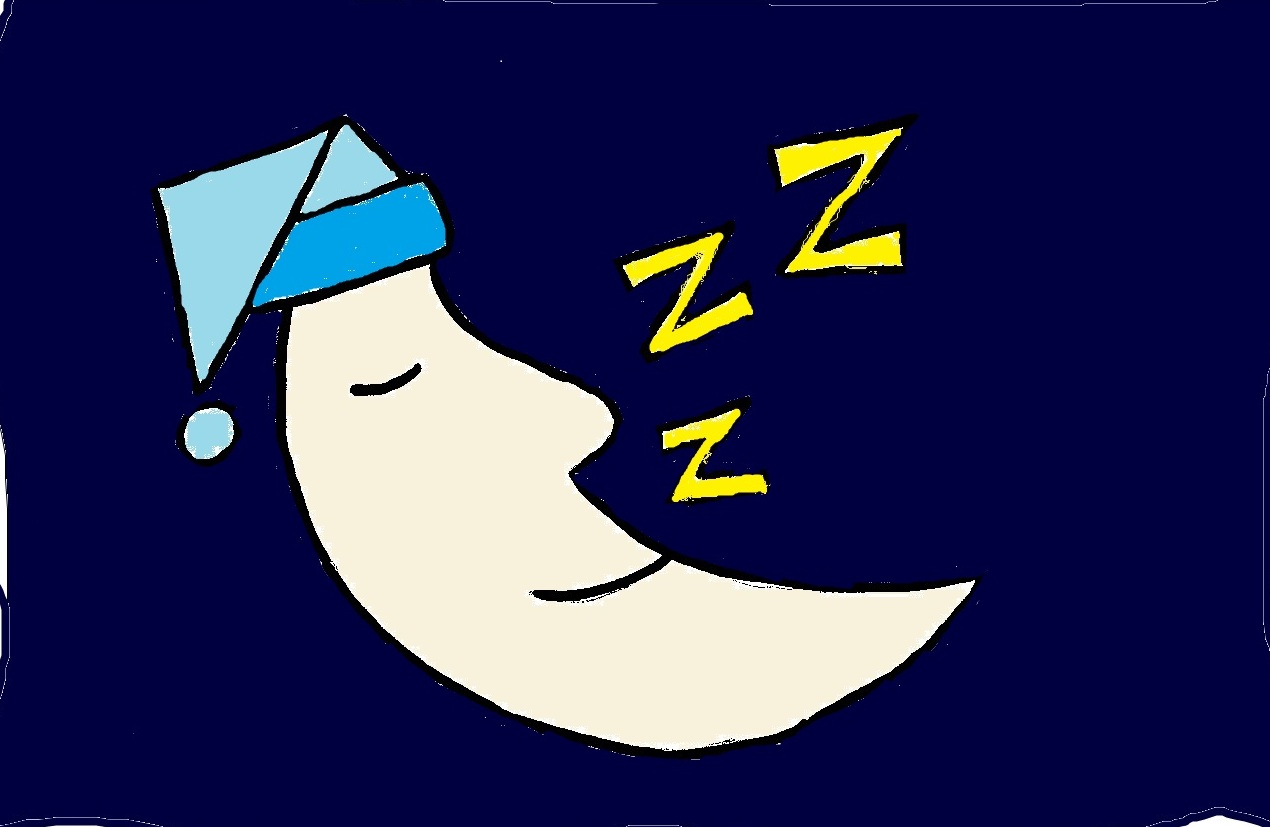
I hope you found this interesting. Next week we will try to put this into perspective by discussing what happens when you don’t get enough sleep. Until then, make sleep a priority and make sure that you are getting the recommended 7 to 9 hours per night.
If you schedule it, you have a much better chance of accomplishing it. And that may mean you have to go to bed a little earlier. But YOU are worth it, so take care of yourself and get some sleep!
Thank you for sharing your time with me. I’d love for you to let me know what you think by leaving a comment. Is the content valuable and helpful? Did anything resonate? Will you take action? What else would you like to see in future posts?
If you know someone that can benefit from this content, I’d be eternally grateful if you would share this with them. And if you like what you see, you can SUBSCRIBE for automatic updates, LIKE US on Facebook, and spread the word about www.thin2win.net with your friends, family and social circles.

